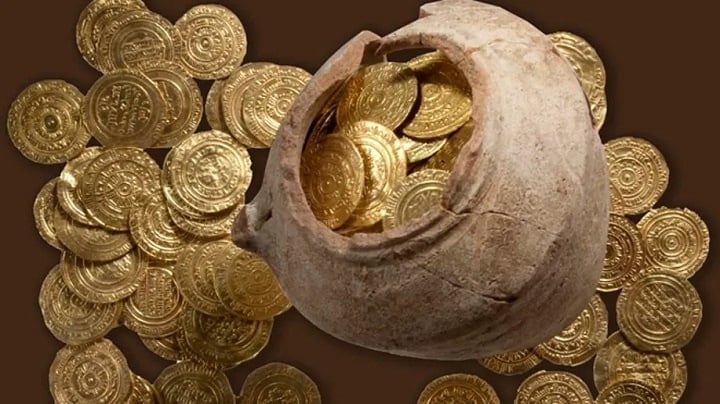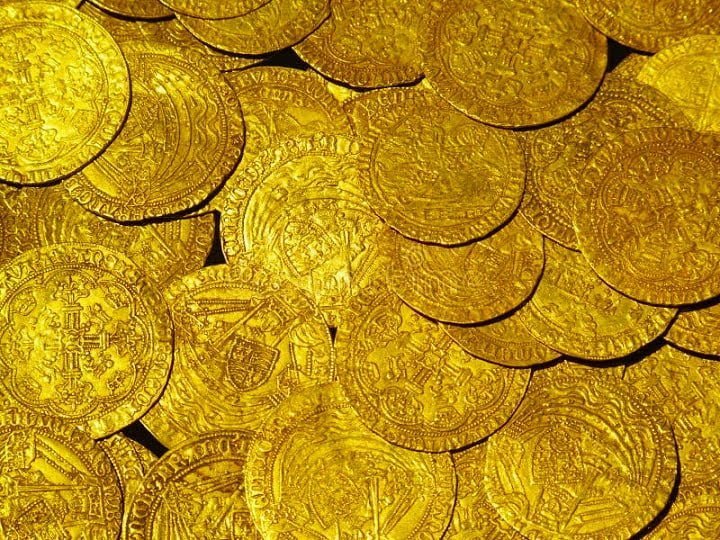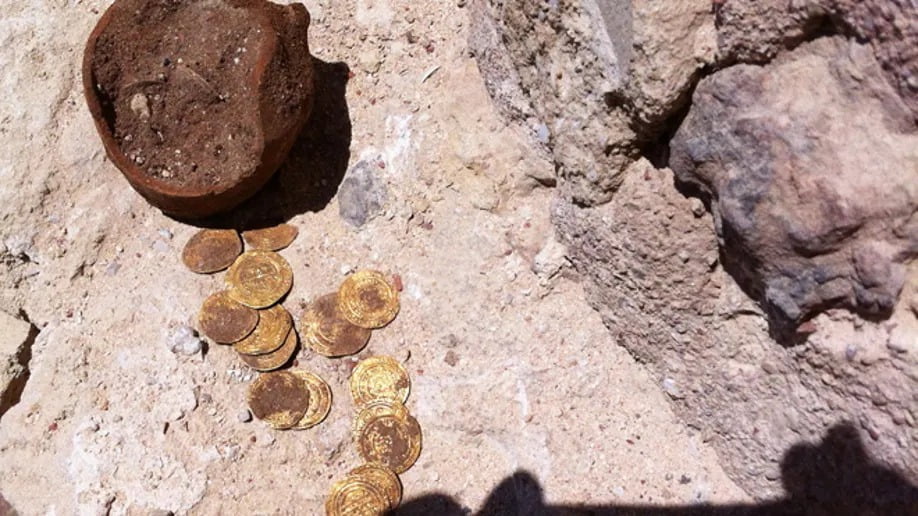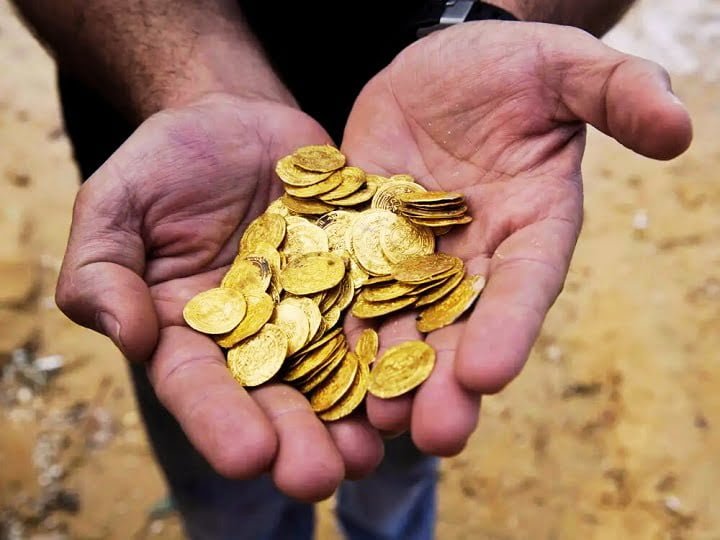Israeli archaeologists, in collaboration with Tel Aviv University and Israel’s Nature and Parks Authority, have uncovered a hidden treasure at Apollonia National Park—a collection of over 100 gold dinar coins dating back to the time of the Crusades. The discovery sheds light on the activities of the Christian order of the Knights Hospitaller during their occupation of the ancient Roman settlement between 1241 and 1265.

The hoard, valued at as much as $500,000, was found buried on the eve of the fortress’s downfall after a prolonged siege by a well-prepared Muslim army. The Knights Hospitaller, using Apollonia as one of their key strongholds, sought to protect their wealth by concealing the coins in a small juglet, a clever strategy involving a partly broken vessel filled with sand to deter potential excavators.

Professor Oren Tal, chairman of Tel Aviv University’s Department of Archaeology, described the find as “one of the largest gold coin hoards discovered in a medieval site in the land of Israel.” The coins themselves, dating to the 10th and 11th centuries but circulating in the 13th century, bear inscriptions of local sultans’ names, blessings, and icons from the Fatimid empire that dominated northern Africa and parts of the Middle East during that era.

The difficulty in studying Fatimid coins lies in their detailed inscriptions and legends, providing valuable historical information. Some coins were minted 250 to 300 years before being used by the Knights Hospitaller, adding layers to their historical significance.

While assigning a precise value to the hoard proves challenging, estimates range from $100,000 to potentially half a million dollars. Fatimid dinars, similar to those found, are known to sell for $3,000 to $5,000 apiece. The next steps involve the decoding of inscriptions and the transfer of the coins to a museum. However, a dispute has arisen between two archaeologically oriented museums—the Israel Museum in Jerusalem and the Eretz Museum in Tel Aviv—both vying for the opportunity to display this remarkable historical find.
As the research team continues to unravel the mysteries behind these gold dinar coins, their discovery provides a fascinating glimpse into the economic and cultural exchanges during the Crusader era in the land of Israel.